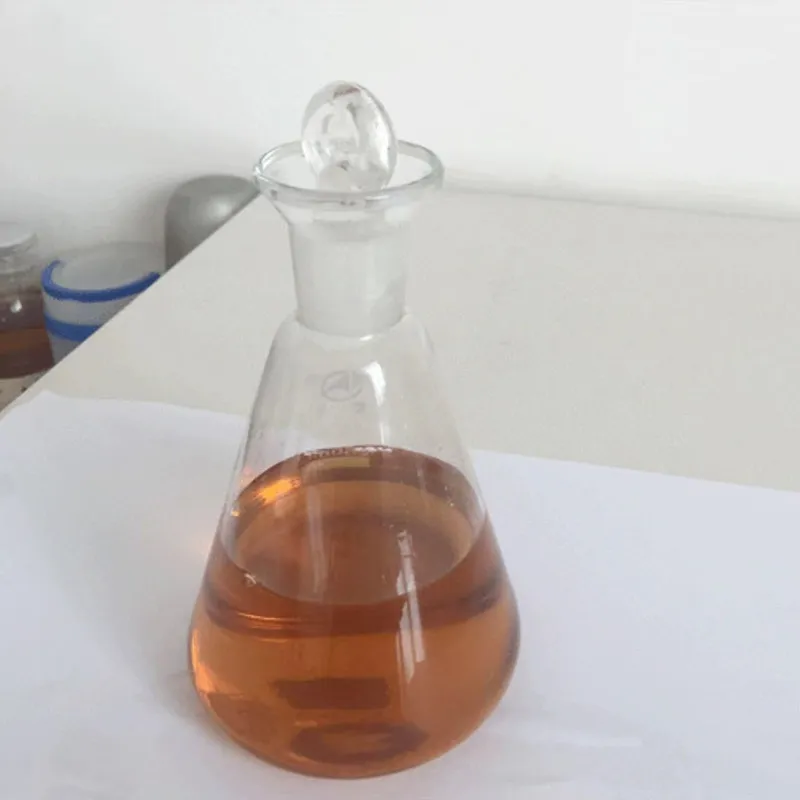
Exploring the Benefits and Uses of Sodium Bicarbonate and Sodium Carbonate in Everyday Life
Understanding Sodium Bicarbonate and Sodium Carbonate Key Chemical Compounds
Sodium bicarbonate, commonly known as baking soda, and sodium carbonate, also known as soda ash or washing soda, are two important compounds in the field of chemistry with numerous applications in both industrial and domestic settings. Though they share a sodium ion and common applications, their chemical properties, formation, and uses distinguish them significantly.
Chemical Structure and Properties
Sodium bicarbonate (NaHCO₃) is a white crystalline powder that is mildly alkaline. It consists of sodium ions (Na⁺), bicarbonate ions (HCO₃⁻), and has a molar mass of about 84 g/mol. Sodium carbonate (Na₂CO₃), on the other hand, is a stronger alkaline compound comprised of two sodium ions and one carbonate ion (CO₃²⁻), with a molar mass of approximately 106 g/mol. The pH of sodium bicarbonate when dissolved in water is close to neutral, making it a gentle agent for various applications. In contrast, sodium carbonate is highly alkaline and can adjust the pH of solutions to be very alkaline, making it useful in more industrial contexts.
Formation and Extraction
Both compounds are found naturally, with sodium bicarbonate occurring in mineral deposits and sodium carbonate being extracted via the Solvay process or from the evaporation of lake waters rich in sodium carbonate. In the Solvay process, ammonia, carbon dioxide, and water are combined with sodium chloride to produce sodium carbonate. This method is essential for sustainable production, as it utilizes readily available raw materials.
Applications
sodium bicarbonate carbonate

Sodium bicarbonate is perhaps best known for its use in baking. It acts as a leavening agent, releasing carbon dioxide gas when heated or when combined with acid, which causes dough to rise. Beyond culinary uses, sodium bicarbonate serves as an antacid, helping to relieve heartburn and indigestion. Additionally, it is utilized in household cleaning products, as it can effectively neutralize odors, and as a mild abrasive, making it suitable for scrubbing surfaces.
In contrast, sodium carbonate has broad industrial applications. It is used in glass manufacturing, where it acts as a flux to lower the melting point of silica. This is crucial in the production of glass and ceramics. Sodium carbonate is also prevalent in the production of detergents and soaps due to its ability to soften water by removing calcium and magnesium ions. Furthermore, it plays a role in the treatment of water, where it helps in adjusting the pH, making it less corrosive to pipes and infrastructure.
Environmental Considerations
While both compounds have significant utility, there are environmental implications associated with their production and use. Sodium carbonate production can generate carbon dioxide, contributing to greenhouse gas emissions, yet it is often regarded as less harmful than other alkaline compounds. Sodium bicarbonate, on the other hand, is typically considered safe for both humans and the environment, which contributes to its widespread use in food products and household cleaners.
Conclusion
In summary, sodium bicarbonate and sodium carbonate are two distinct yet related compounds playing crucial roles in various sectors. While sodium bicarbonate is predominantly utilized for its gentle nature and versatility in culinary and household applications, sodium carbonate serves more industrial purposes, particularly in glass production and water treatment. Understanding these compounds' unique characteristics helps to maximize their benefits while ensuring safe and responsible use. As further research continues, both substances are likely to reveal even more innovative applications and environmental considerations, highlighting their importance in the world of chemistry.
-
The Safety Challenges of Ammonium Nitrate FertilizerNewsJun.26,2025
-
The Critical Role of Mining ChemicalsNewsJun.26,2025
-
Shelf Life of Glacial Acetic Acid Food GradeNewsJun.26,2025
-
Enhancing PVC Longevity with 1,2,3-Benzotriazole InnovationsNewsJun.26,2025
-
China’s Dominance in Food Additive ProductionNewsJun.26,2025
-
Can Aluminum Hydroxide Replace More Toxic Alternatives?NewsJun.26,2025
-
PE and PP Plastics with Benzotriazole AdditivesNewsJun.12,2025
Hebei Tenger Chemical Technology Co., Ltd. focuses on the chemical industry and is committed to the export service of chemical raw materials.
-

view more DiethanolisopropanolamineIn the ever-growing field of chemical solutions, diethanolisopropanolamine (DEIPA) stands out as a versatile and important compound. Due to its unique chemical structure and properties, DEIPA is of interest to various industries including construction, personal care, and agriculture. -

view more TriisopropanolamineTriisopropanolamine (TIPA) alkanol amine substance, is a kind of alcohol amine compound with amino and alcohol hydroxyl, and because of its molecules contains both amino and hydroxyl. -

view more Tetramethyl Thiuram DisulfideTetramethyl thiuram disulfide, also known as TMTD, is a white to light-yellow powder with a distinct sulfur-like odor. It is soluble in organic solvents such as benzene, acetone, and ethyl acetate, making it highly versatile for use in different formulations. TMTD is known for its excellent vulcanization acceleration properties, which makes it a key ingredient in the production of rubber products. Additionally, it acts as an effective fungicide and bactericide, making it valuable in agricultural applications. Its high purity and stability ensure consistent performance, making it a preferred choice for manufacturers across various industries.











